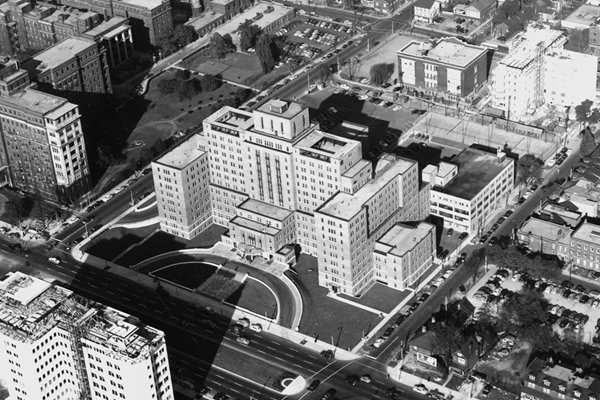
Patient & Family Experience
Exceptional patient care extends beyond medical treatment – it’s about ensuring that every child feels supported, engaged and empowered. Over the years, the patient and family experience at SickKids has evolved through more meaningful partnership and collaboration with families, as well as through the introduction of services and spaces that support children's development and well-being through play and learning. From the earliest days of hospital-based schooling to today’s fully integrated Child Life and Creative Arts Therapy programs, SickKids continues to lead in creating a positive and nurturing environment for the patients and families we serve.
Family involvement in care
As germ theory took hold in the late 1800s, hospitals became restrictive to the outside world. Dr. Alan Brown became Chief of Paediatrics at SickKids shortly after the First World War and was a strong advocate for infection control, which meant stricter visiting hours to protect vulnerable patients.
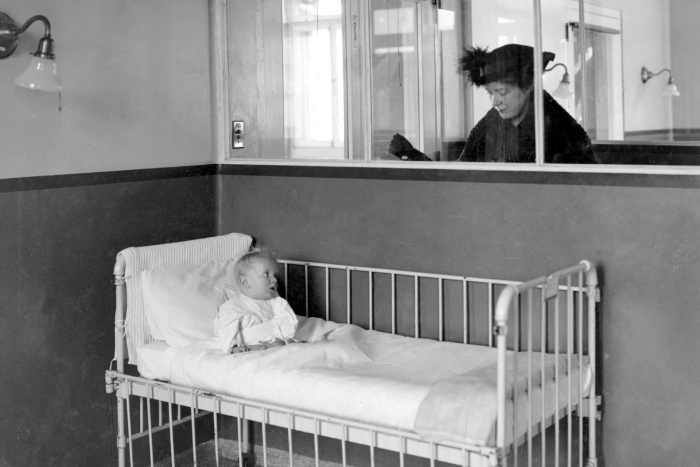
Well-meaning health-care practitioners believed at the time that the arrival and departure of parents on the wards disrupted the children’s routines, caused undue stress and interfered with recovery. Once a child was dropped off at the hospital, parents could only visit a couple times a week for one to three hours.
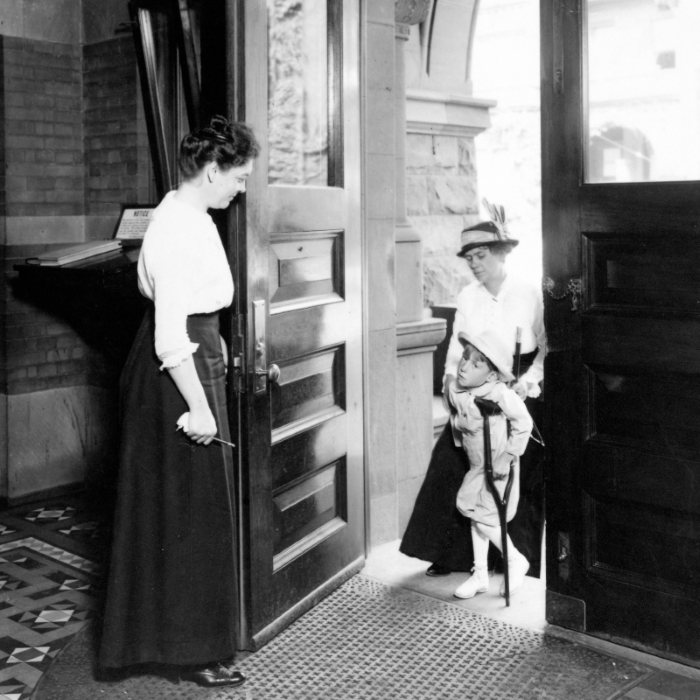
By the mid-20th century, opinions on family involvement in medical care began to change. Psychologists began advocating for daily visitation and organized play, pointing to studies showing visitation and emotional connection were crucial for development. In 1969, Anne Evans introduced the concept of family-centred care to SickKids, integrating it into nursing practice.
Gradually, visiting hours expanded to two hours daily then to nine hours daily. In 1973, a Care-by-Parent Unit was opened in the former Nurses’ Residence for patients requiring long-term hospitalization and patients preparing for discharge. Eventually, parents and caregivers had unlimited visiting hours.
Left: In 1973, A Care-by-Parent Unit was opened in the former Nurses’ Residence for patients requiring long-term hospitalization and patients preparing for discharge. Right: The first Parent Liaison Committee was created in 1976 to give parents a role in helping the hospital to better serve family needs.
In 1978, “Patient Care Principles,” which functioned like a patient bill of rights, formalized the role of families in care. It specifically stated that parents would continue to care for the child in the hospital, parents and children who can understand the diagnosis and treatments would be given full information, and that every child has the right to respectful and considerate care.
That Bill of Rights would go on to inform the Patient Rights and Responsibilities framework under which SickKids operates today, and is focused on fully integrating a patient’s family into their diagnosis and care experience.
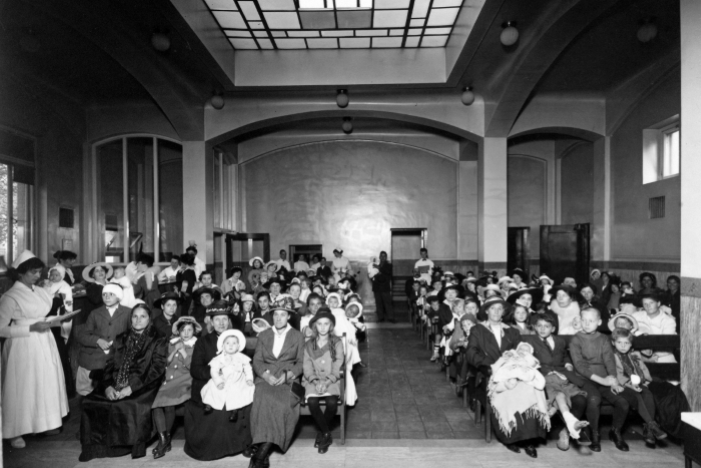
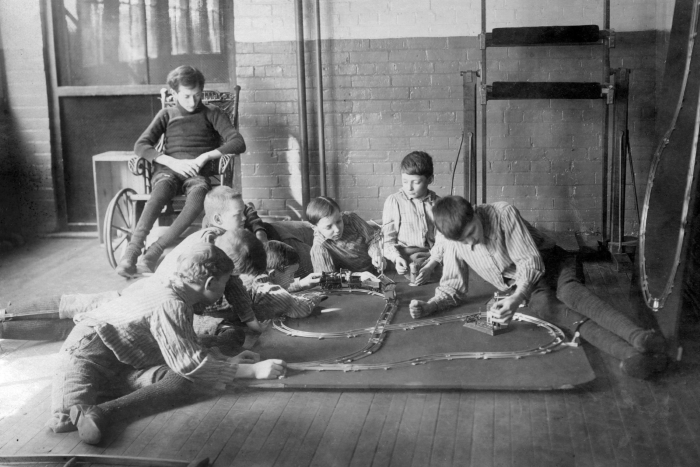
Patient education
In 1892, the first hospital school program was established with just one teacher, ensuring that young patients could continue their education while receiving treatment. This early commitment to learning laid the foundation for a more enriched patient experience, where school, play, and social connection remain essential to a child’s journey in the hospital today.
Left: Miss Elder teaching a class of children from the hospital’s wards in 1902. Right: Nurse reading to children on the lawn of the Lakeside Home for Little Children on Toronto Island, the first of two SickKids satellite facilities. Lakeside Home for Little Children was operated from 1883 to 1928.
Origins of Child Life
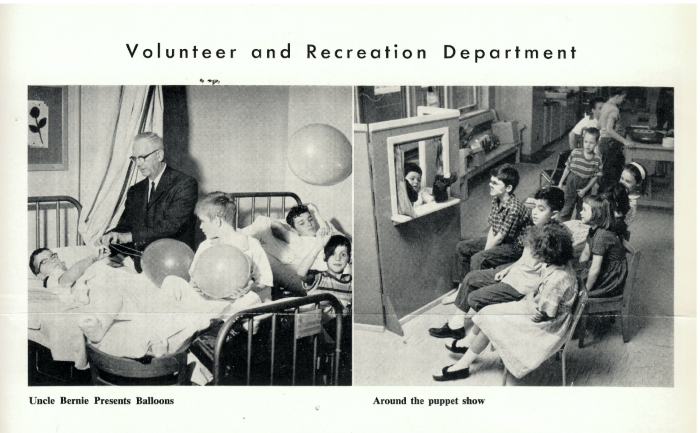
The “Department of Volunteers and Recreation” was formed in 1962, marking a shift to structured therapeutic play as part of care. Recreational therapists and other members of the clinical team supported this work early on, and by the 1980s, Child Life Specialists brought focused expertise to this work.
The Women's Auxiliary Volunteers (WAV) PlayPark has made hospital visits easier for families by providing free childcare since 1974.
Over time, Child Life expanded its focus to include teaching patients about coping strategies, providing opportunities for emotional expression and support through medical procedures, and organizing special events and visits from public figures.
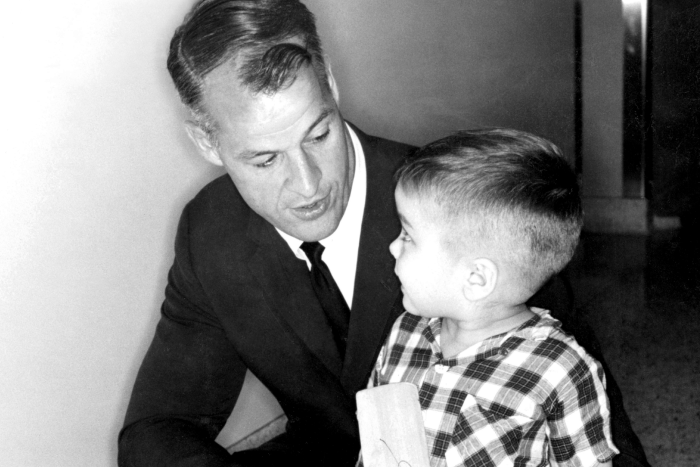
Today, along with input from SickKids Children's Council – established in 2000 – the department includes specialists across clinical areas, family spaces, and the SKOOP TV channel, making it one of the largest Child Life programs in North America.
Dedicated teams including Child Life Specialists, along with music and art therapists, official translators, therapeutic clowns, social workers, volunteers, therapy dogs, and parents provide inclusive emotional and social support for patients and families.
The hospital is also home to vibrant playrooms like Marnie’s, which are filled with toys, video games, computers, art supplies, an air hockey table and other interactive and therapeutic activities – all designed to provide comfort, support, engagement, and a sense of normalcy during a hospital stay.
Billy Goes to the Hospital, a story and colouring book published in 1958, provided young patients with both entertainment and comfort, helping them better understand their hospital experience while engaging their creativity.
The Family Information Centre & Library
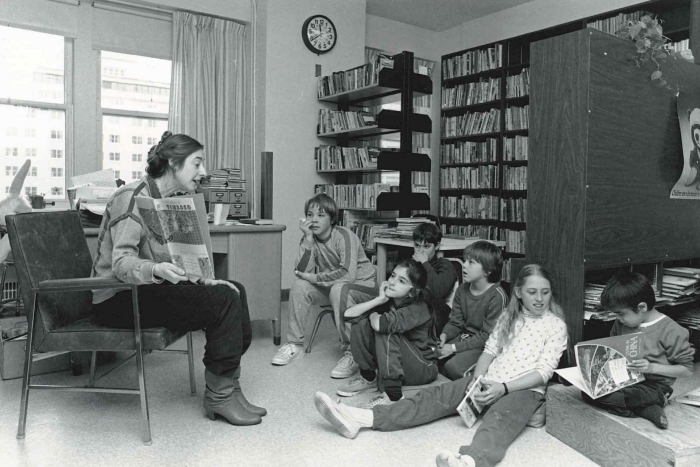
In 1979, The Family Information Centre opened to help parents of SickKids patients. Currently, the Centre provides a range of resources and services for inpatients and outpatients and their families, including a children’s library and a health information library. The library currently contains thousands of books supplied by the Toronto Public Library system.
